- Home
- Destinations
- Tanzania
- Coastal Tanzania
Overview
Climate
Located only a few degrees south of the equator, Tanzania has a tropical climate, which is mainly influenced by its altitude.
Two rainy seasons and two dry seasons occur during the year. During April and May, the main rainy season (also called the masika) brings heavy afternoon rains. The rains are more regular along the coast than inland. The masika is followed by the driest time, with June to October being characterised by cooler temperatures. The south wind, known as the kusi keeps the islands and the coast breeze.
From mid-November to early December, after the long dry season, the short rains (or mvuli) start. This time the showers are lighter and more sporadic than during the masika.
From late December to late March, a second dry period occurs with higher temperatures than during June to October and occasional showers. In general the coastal lowlands and the islands experience higher humidity and higher temperatures than the Northern Highlands.
Visiting the coastal region and the islands: from December to March, the daytime temperatures exceed 30°C and the sea is incredibly warm. From July to October the area is cooler and breezy.
Getting There
Zanzibar: By air is the only feasible method for reaching Zanzibar from outside East Africa. There are very few direct flights, but from Dar es Salaam it is not too difficult to book a short hop flight to Zanzibar or Pemba. There are frequent ferries (some old and worryingly un-seaworthy to the eye, and some fast and modern).
Mafia: The flight by plane takes only 45 minutes from Dar es Salaam and 1 hour from Zanzibar or the Selous. Mafia has daily scheduled air services with same-day connections to the Ruaha, Selous, Arusha, Pemba and Zanzibar.
Pemba: Accessed via most airports in East Africa via Zanzibar or Dar es Salaam. Pemba island can also be accessed with direct local flights with several charter airlines that operate smaller aircrafts.
Ideal Destination For
- Adventure
- Beach
- Bucket List
- Romance
- Safari
- Solo Travel
Points of Interest
- Pemba Island
-
The northernmost island in the Zanzibar archipelago, Pemba Island is where you'll find villages steeped in culture and traditions which preserve the Swahili way of life. The atmosphere is laid back and its almost as if they are oblivious to the world around them. Scuba divers can look forward to some of the best diving in the world here, with visibility that is unparalleled. Lush coral gardens, colourful sponges and sea fans are all found in this underwater haven. The island is also popular with mountain bikers who come here to enjoy its hilly terrain with deep valleys. (The diving experience includes wonderful coral walls and gaps dropping off into the Pemba channel to the west of the island).
- Fanjove Private Island
-
The island is part of the Songo Songo Archipelago and is made up of a cluster of five islands and twenty separate colonies of reefs. Tranquillity and exquisite beauty await, with no crowds around – only dedicated staff and the prolific marine life. Palm trees, gentle ocean breeze, turquoise waters and powder-white sand is enchanting, setting the scene for soaking up the sun and enjoying your favourite cocktail. Colourful reefs allow for excellent snorkelling and diving. Smooth and flat ocean surfaces are ideal for dhow safaris and kayaking. Birds, humpback whales, dolphins and turtles frequent the unspoilt waters and the islands in the archipelago.
- Mafia Island
-
Mafia is one of five sleepy, tropical islands that are clustered together in the Indian Ocean and make up the Mafia Archipelago (Mafia, Jibondo, Juani, Chole and Bwejuu). The vegetation is lush with coconut palms, baobabs, cashews, mangos and papaya trees in the interior, but its main drawcard is its ocean.
This spectacular, unspoilt area is a world-class dive site and offers rich, colourful reefs with over 50 hard and soft corals, over 460 species of fish and a variety of diverse marine life. It is even possible to spot whale sharks and sea turtles in the clear waters.


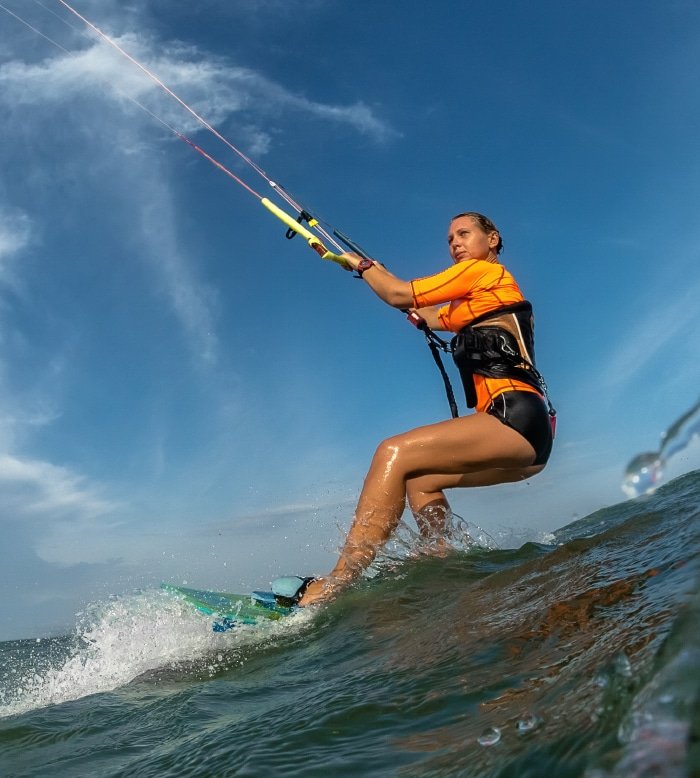
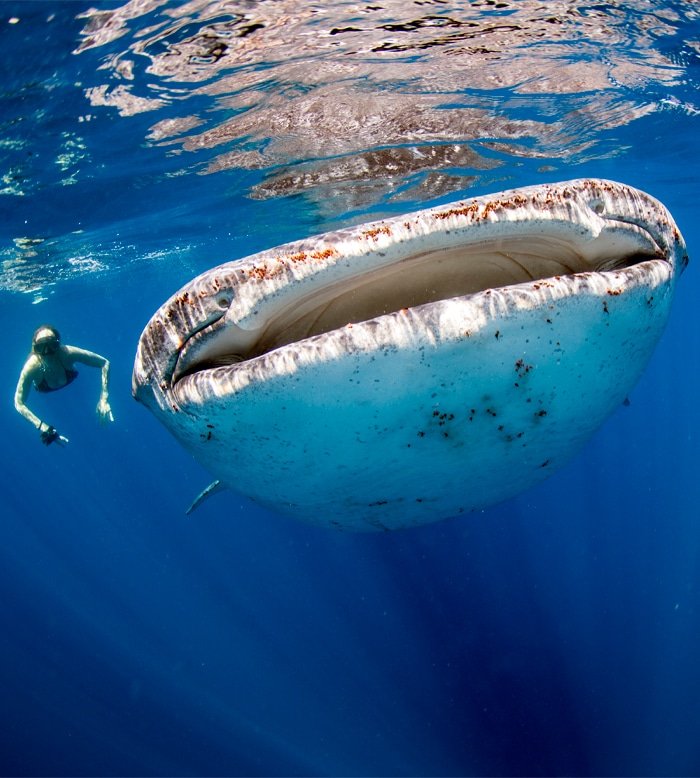
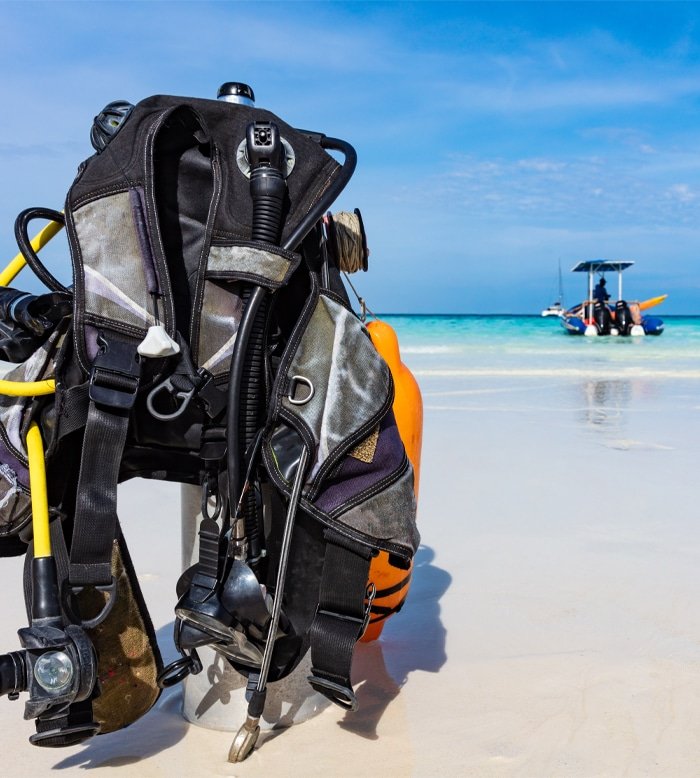

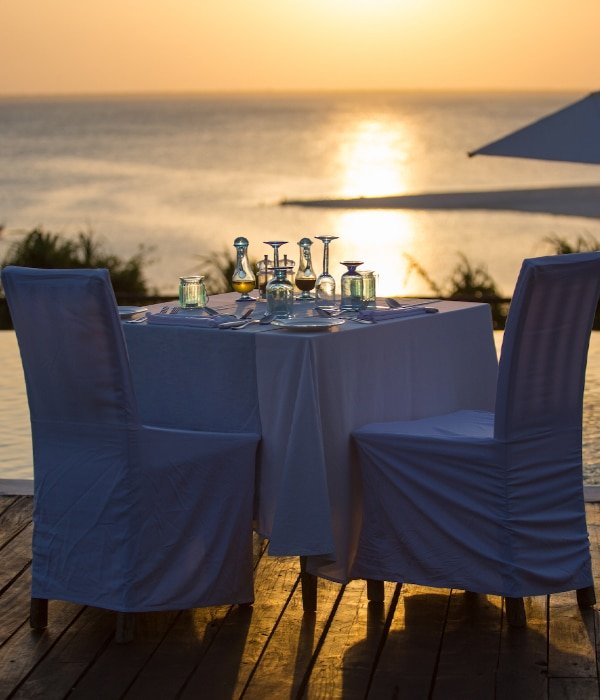

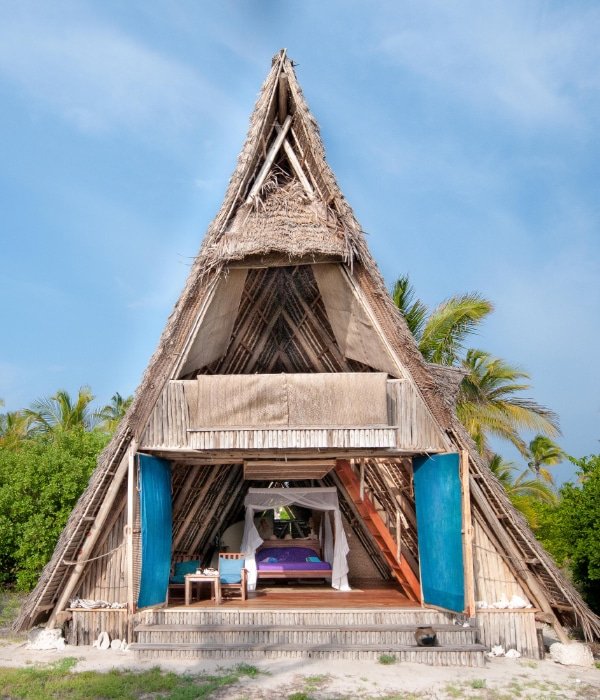
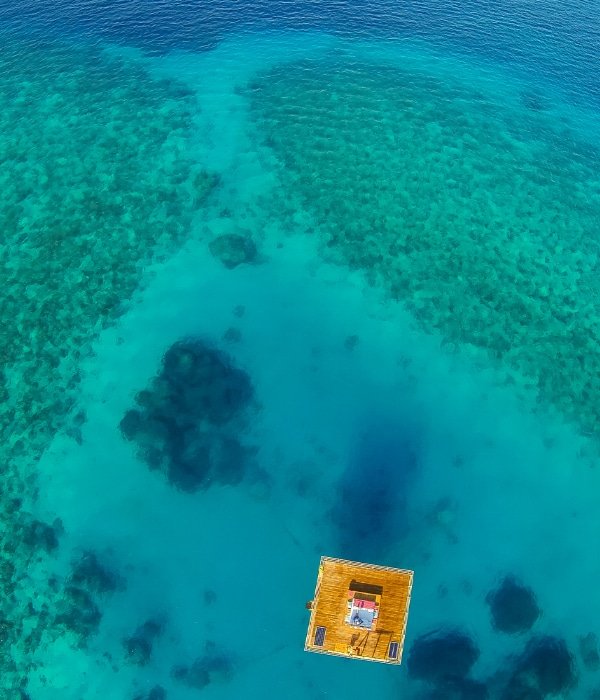
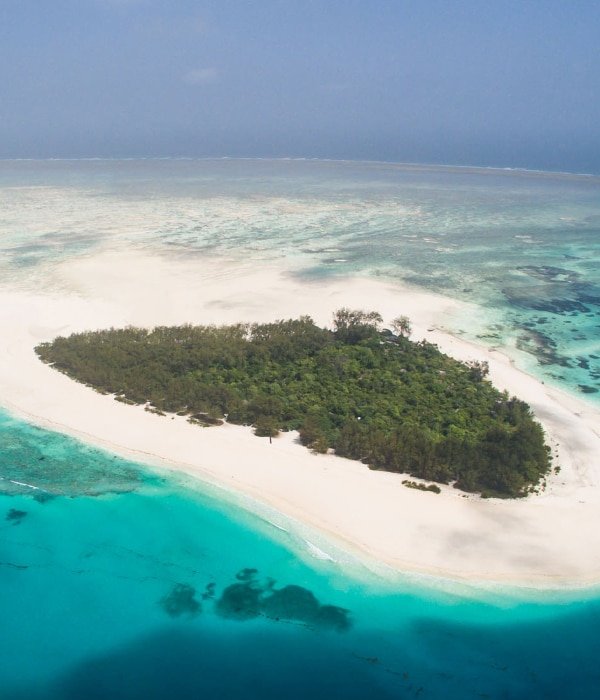

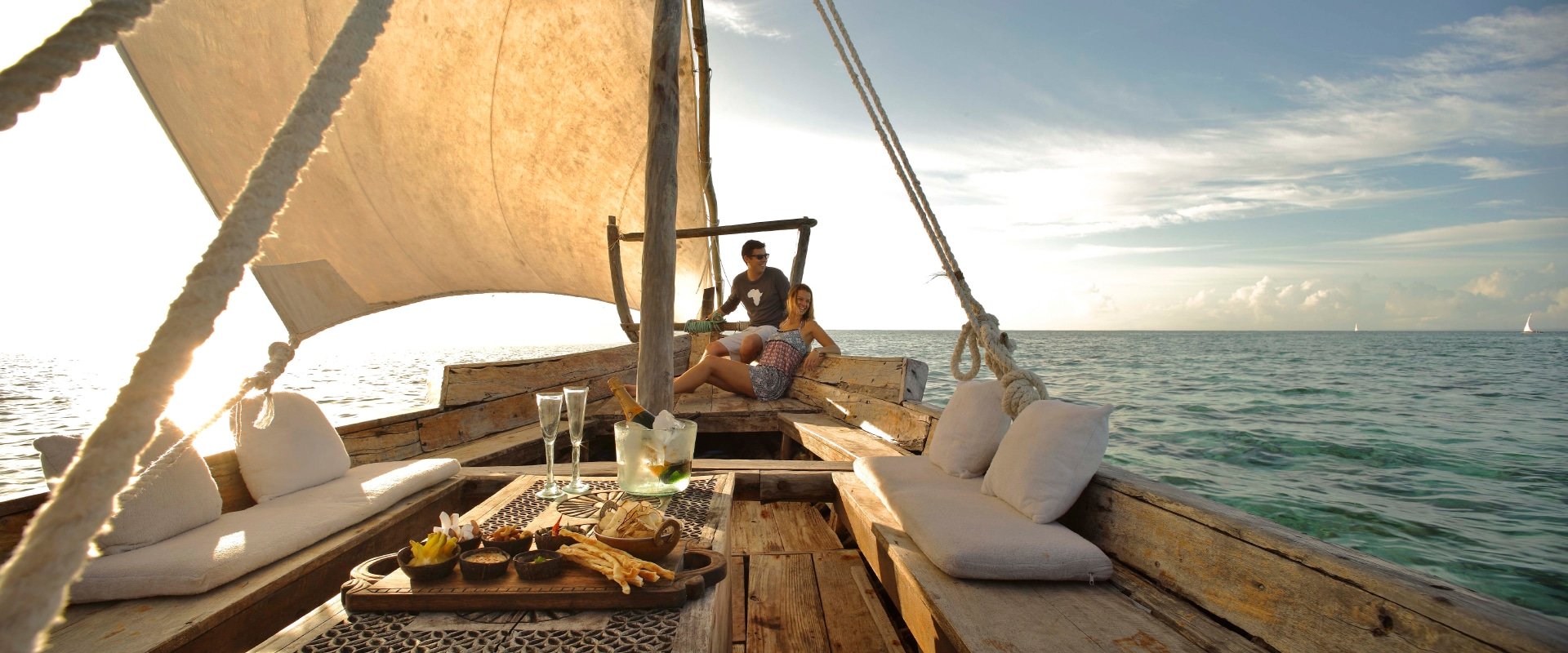
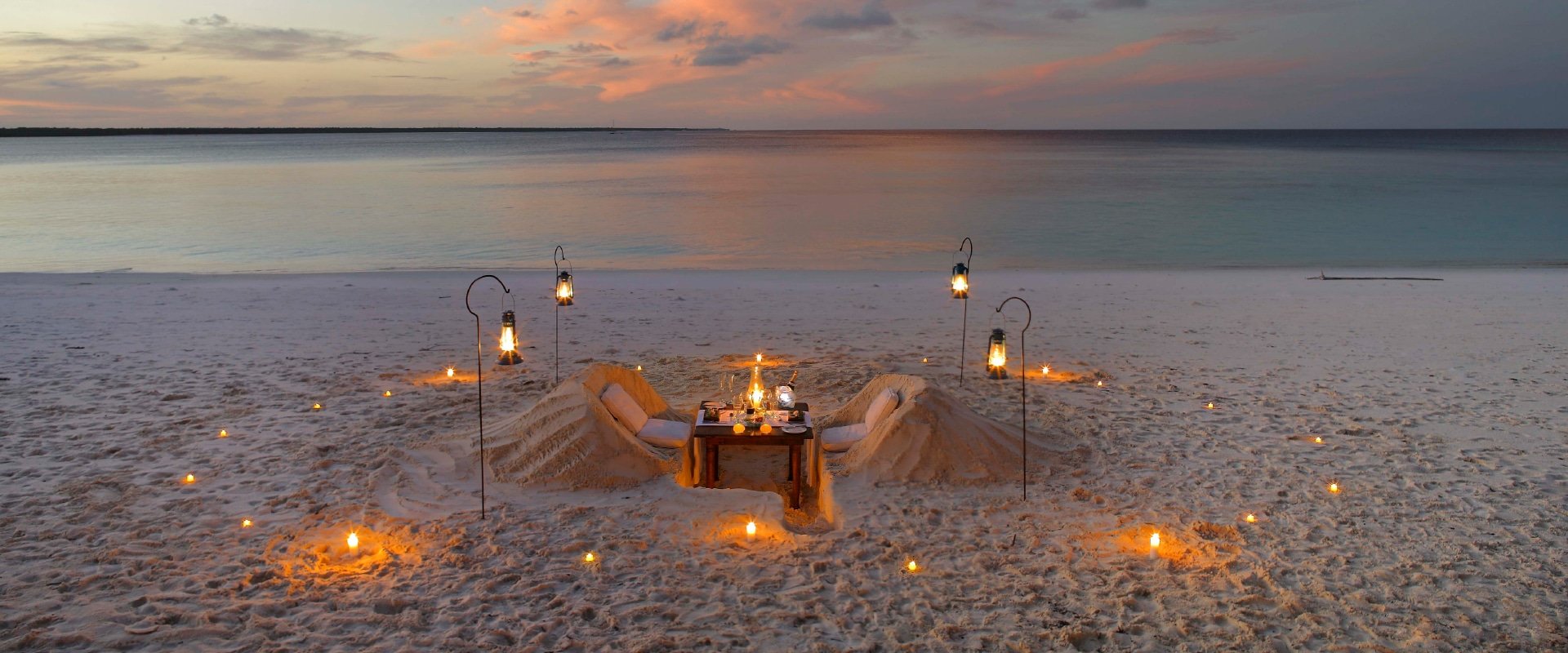
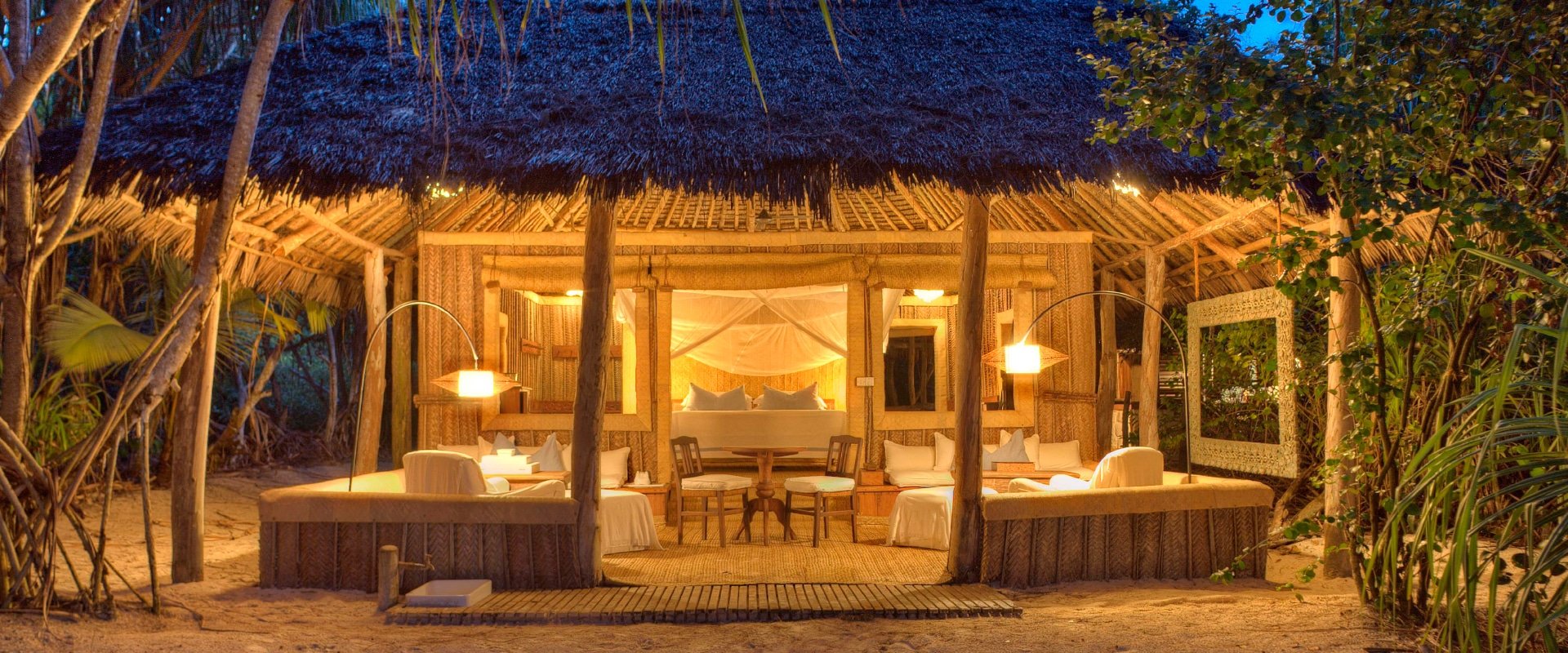
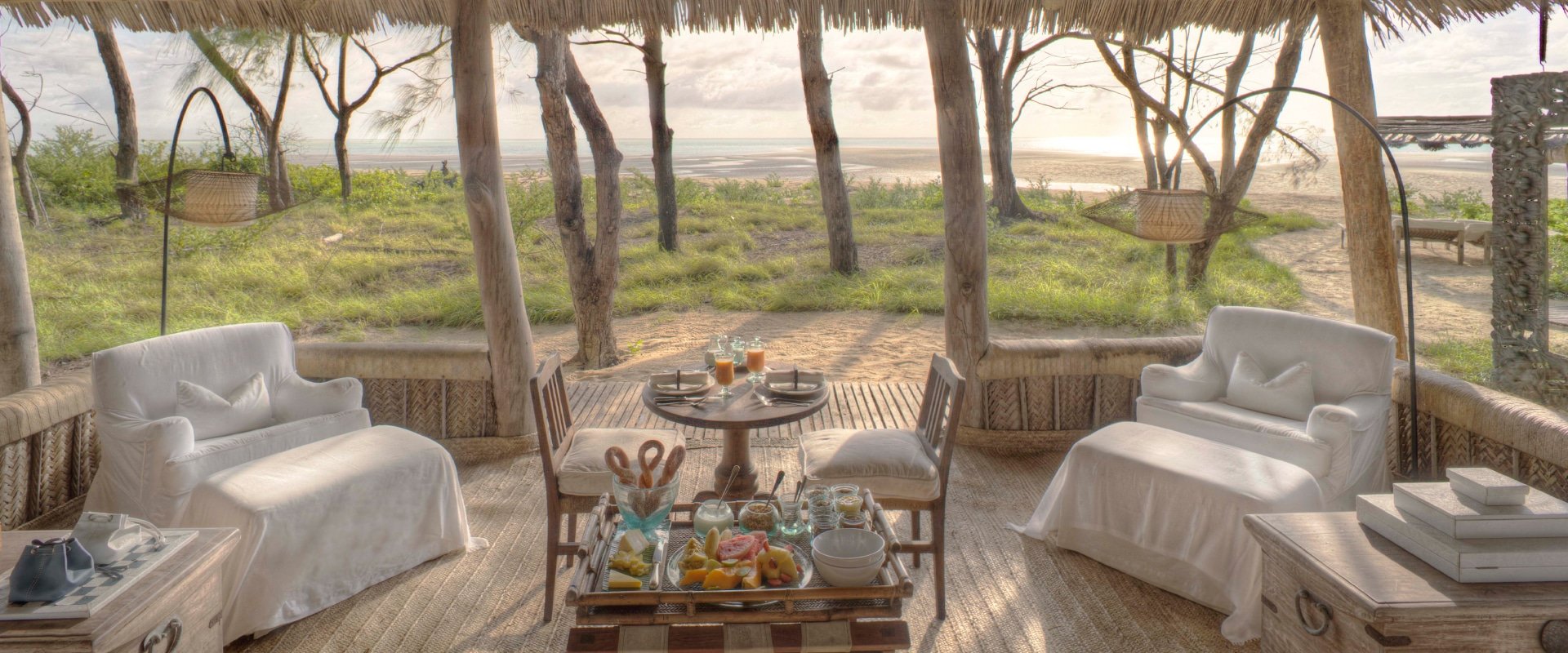
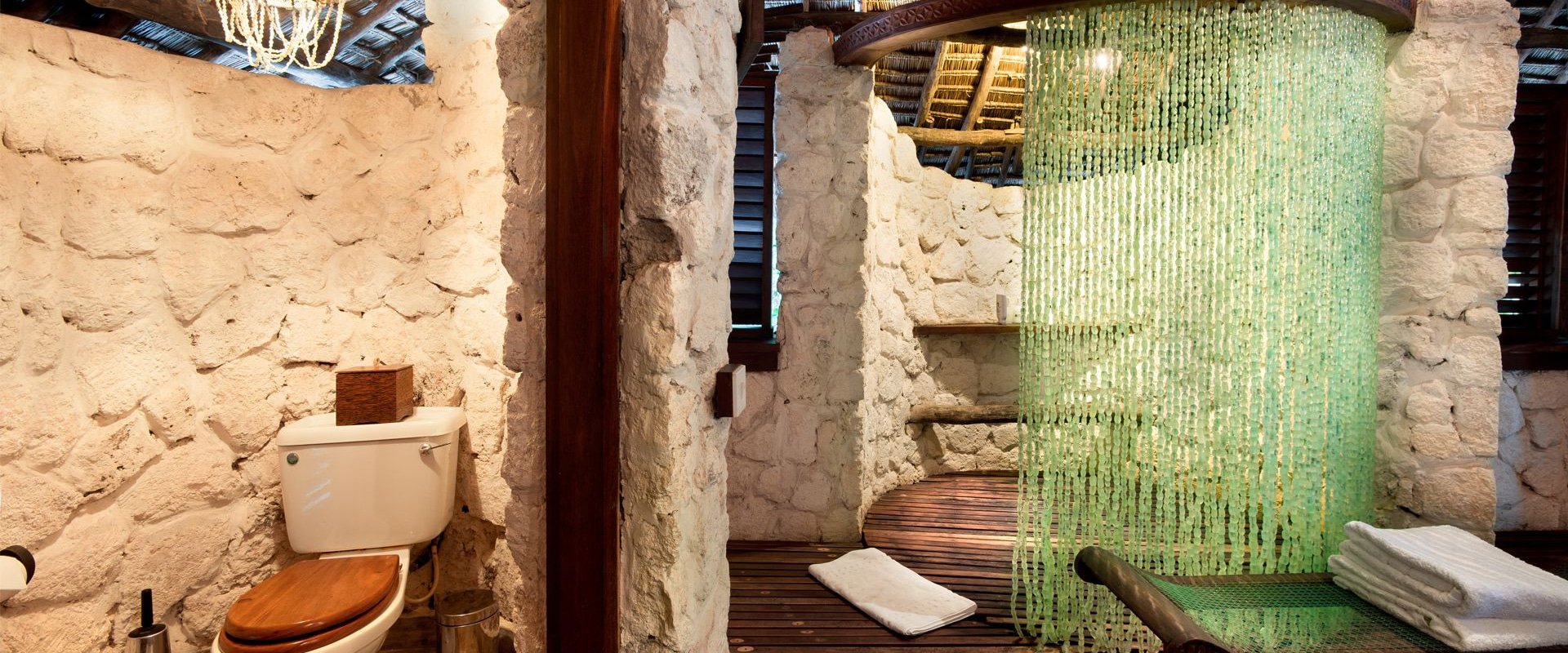
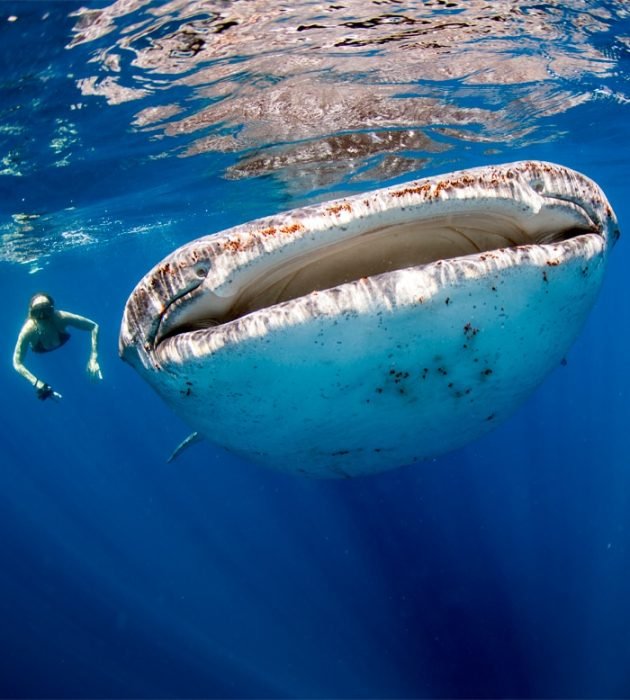

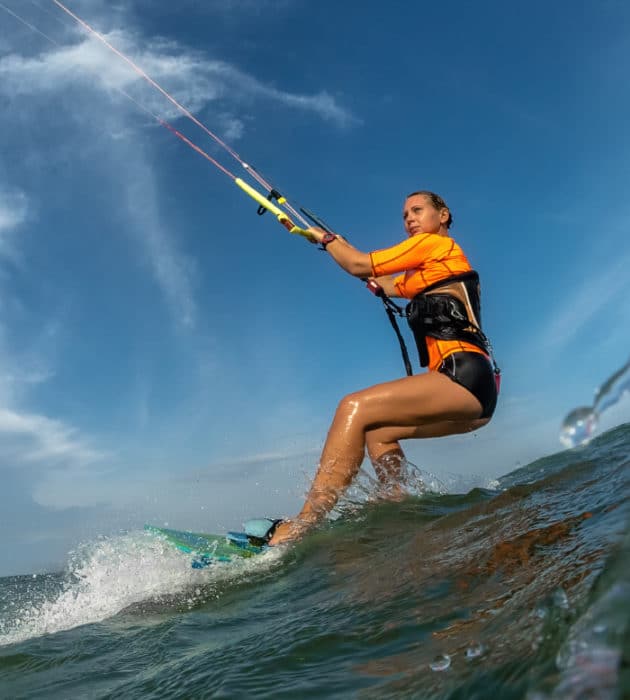
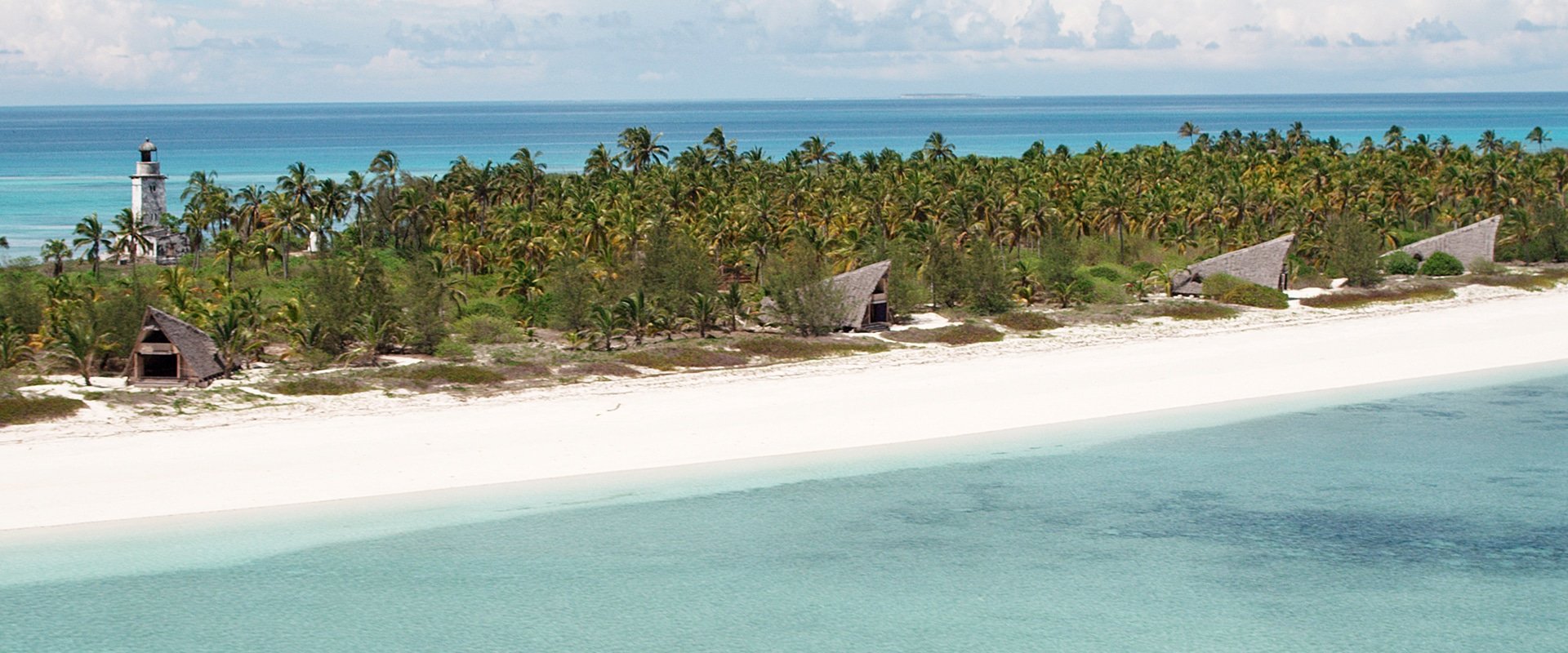
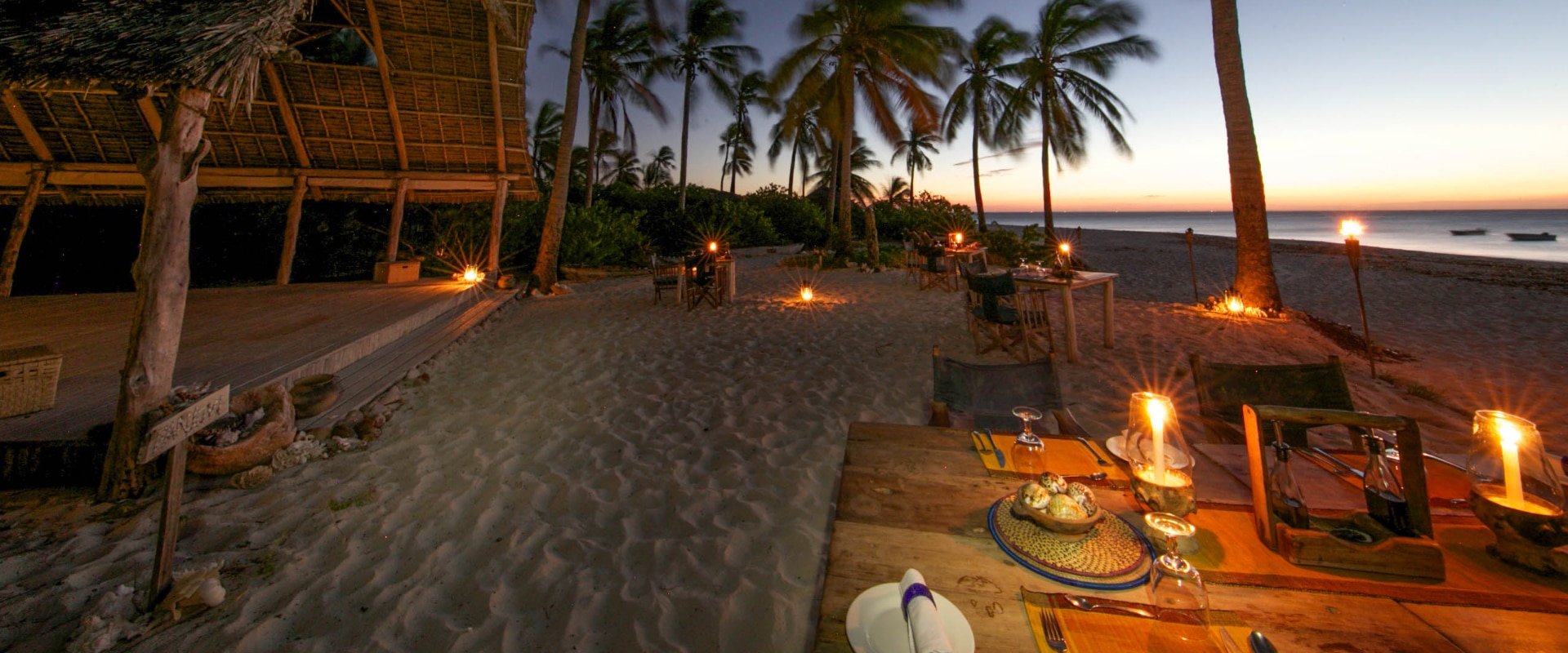
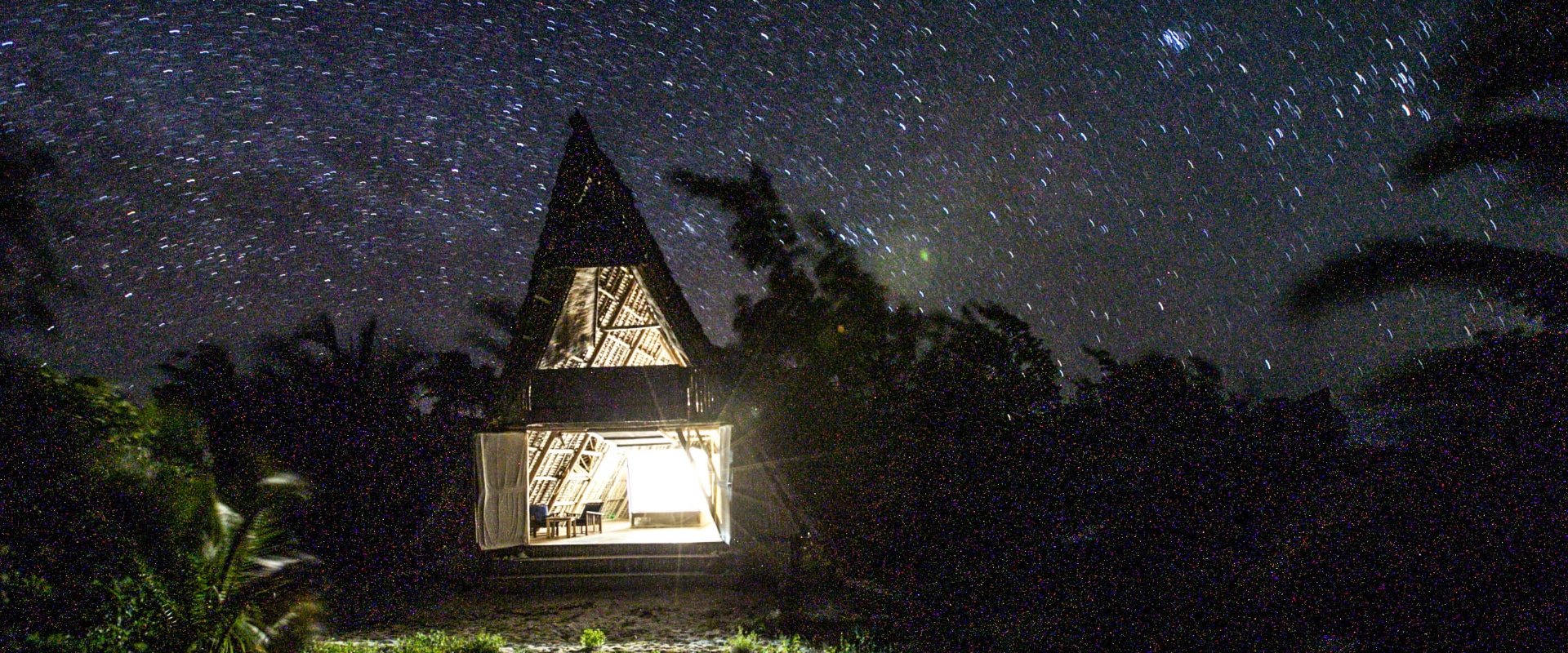

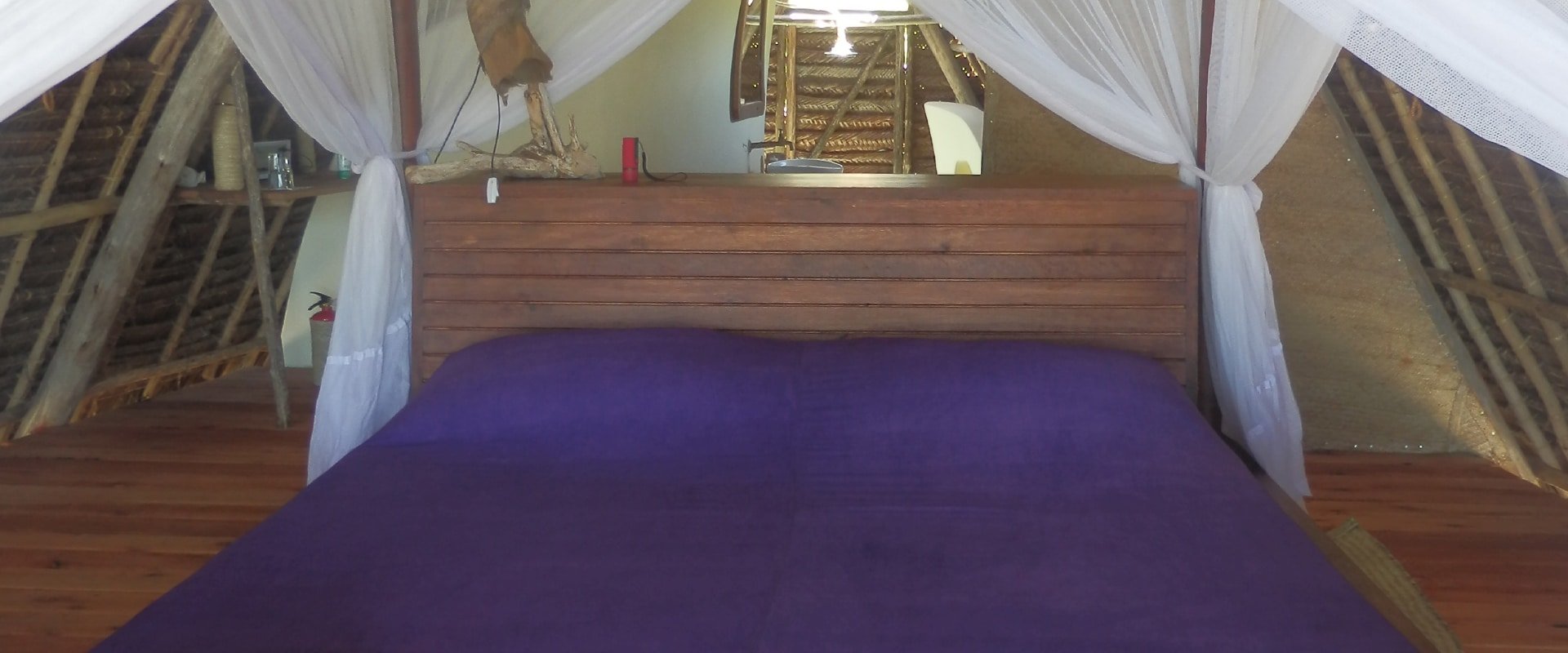


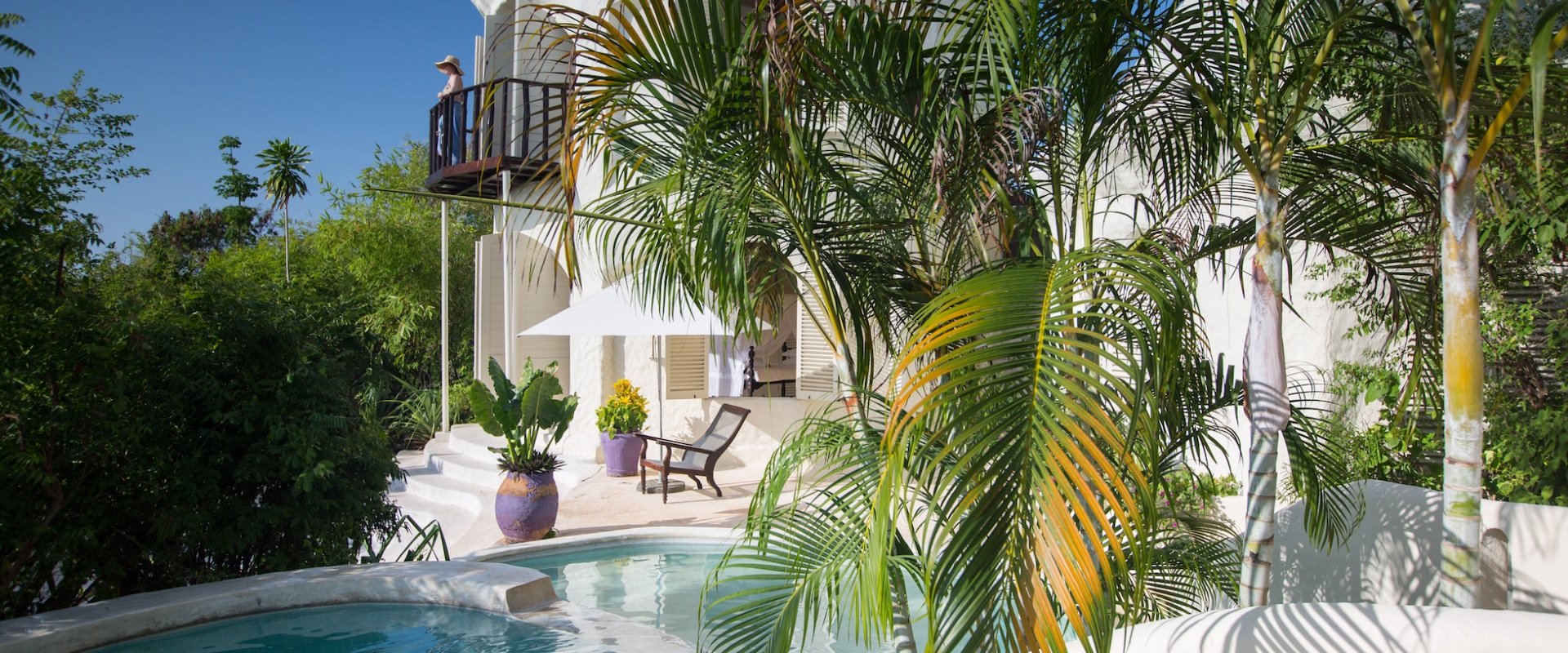
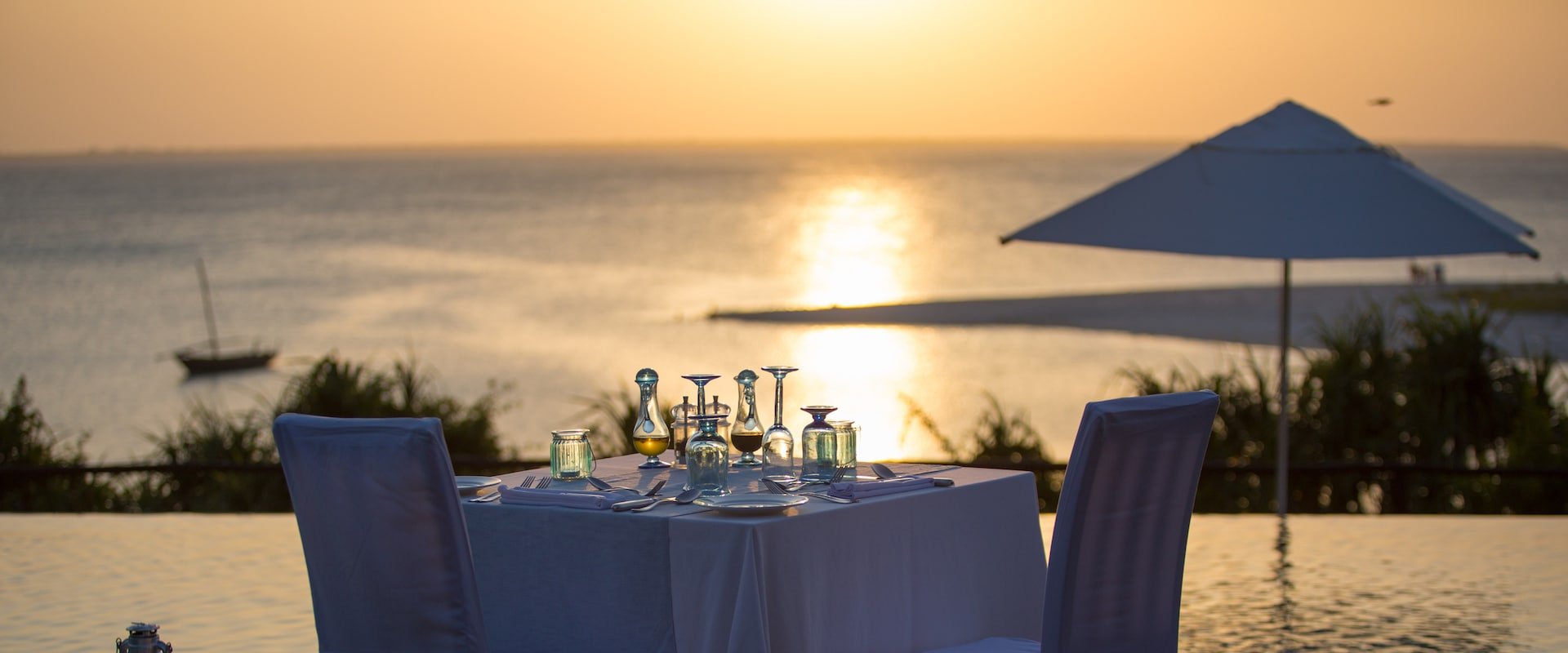
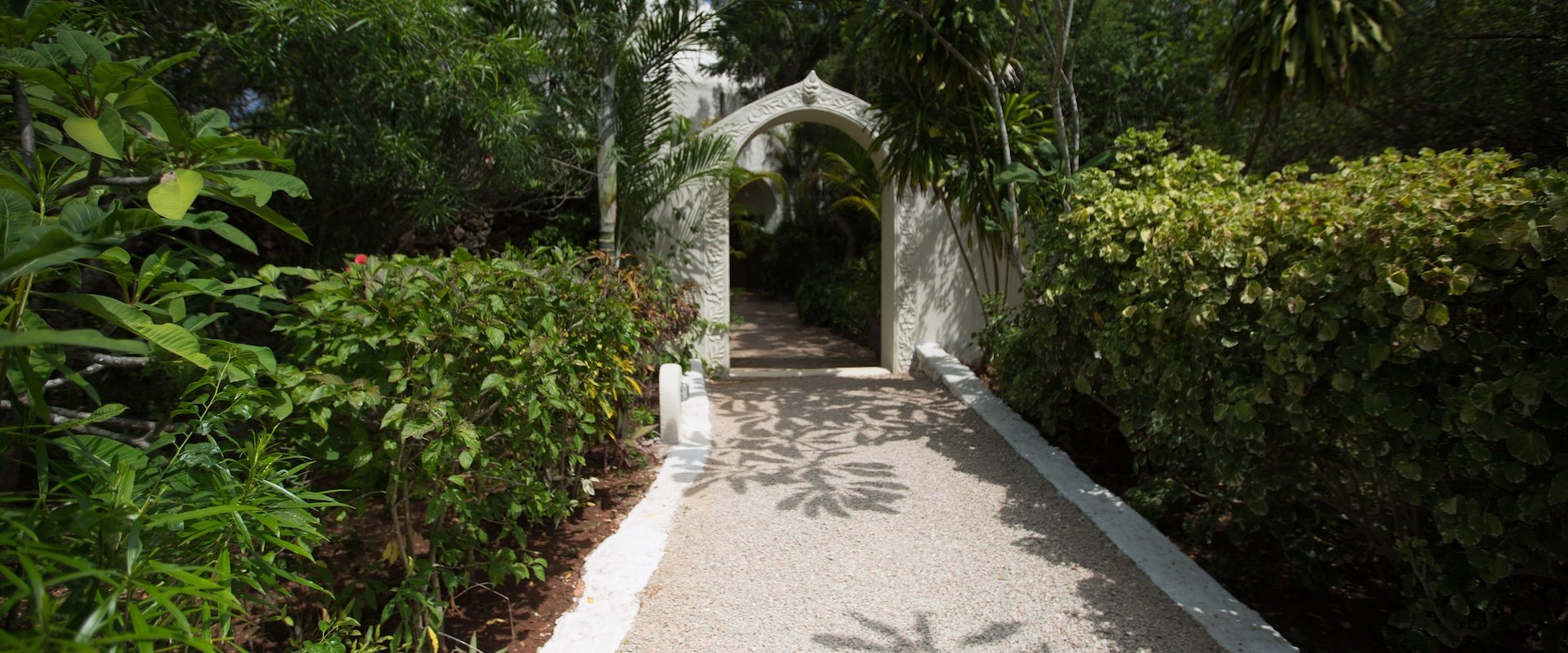
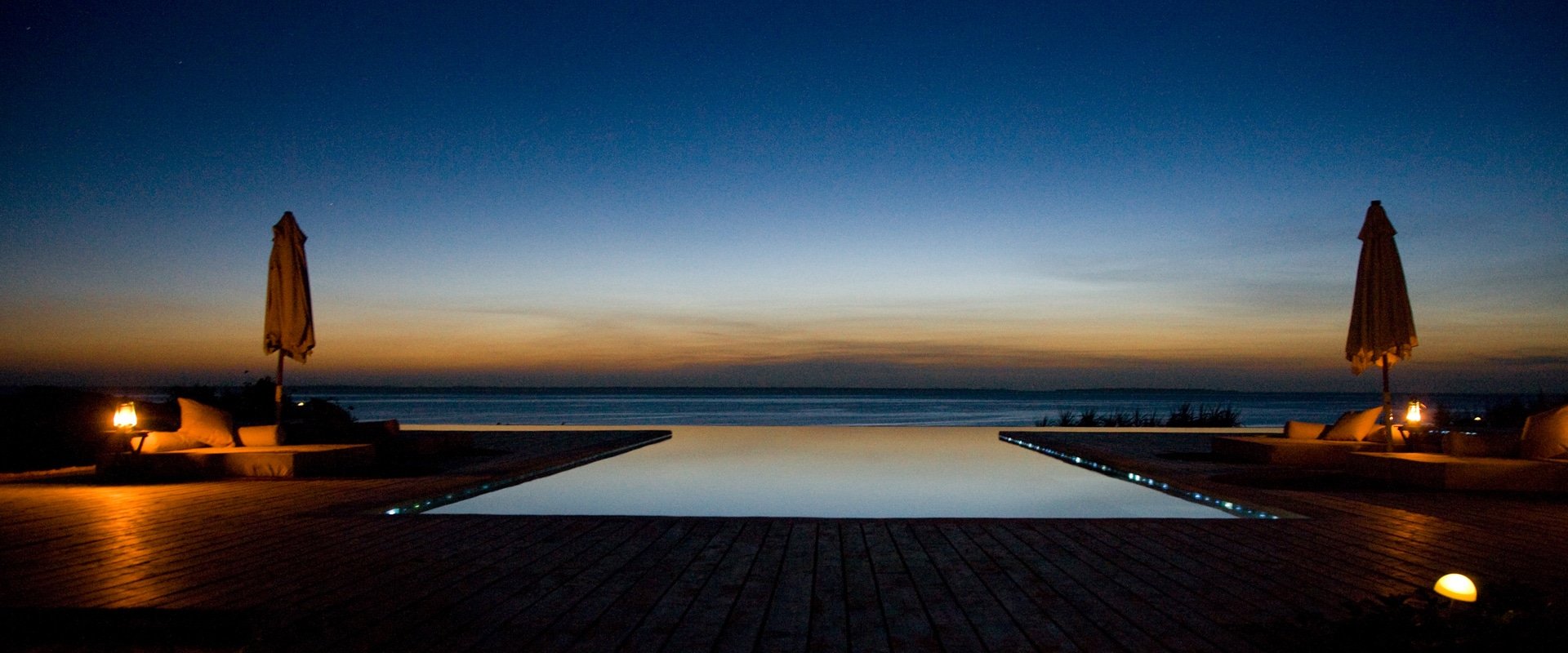
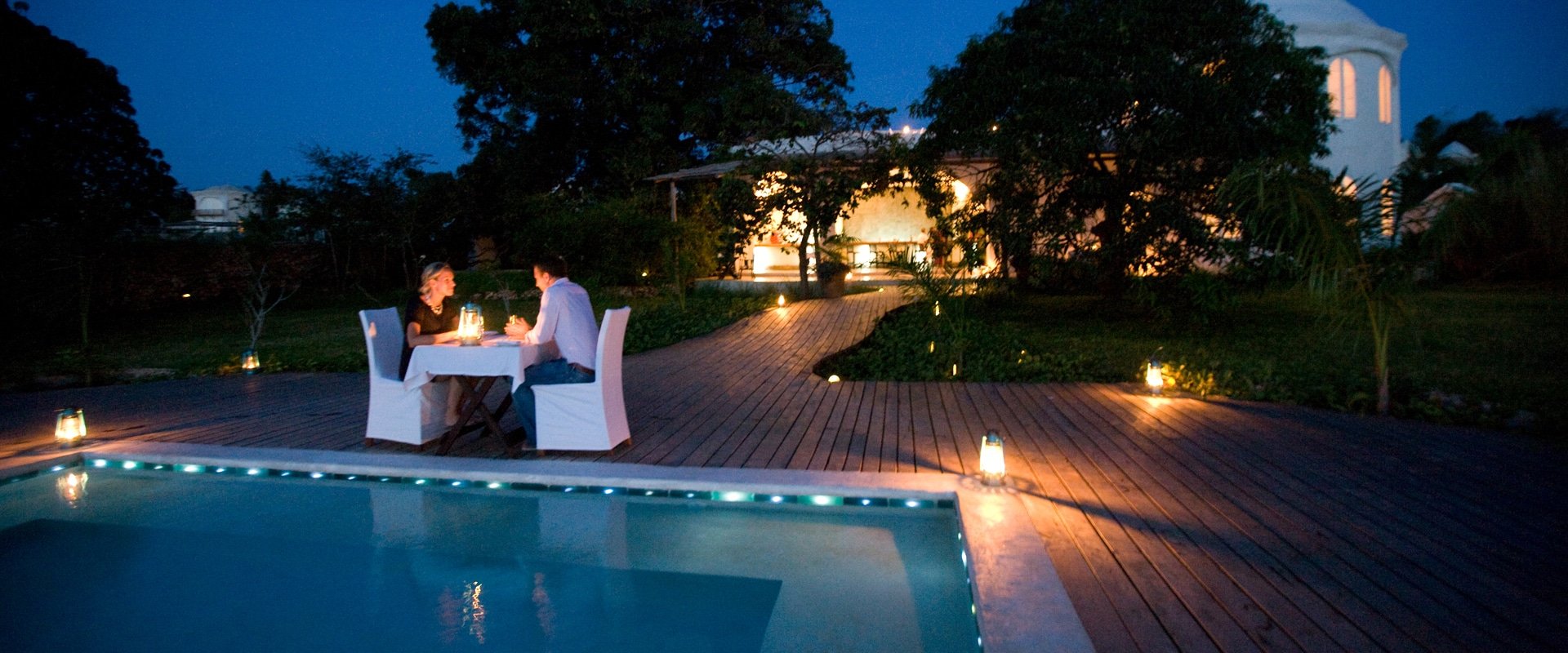

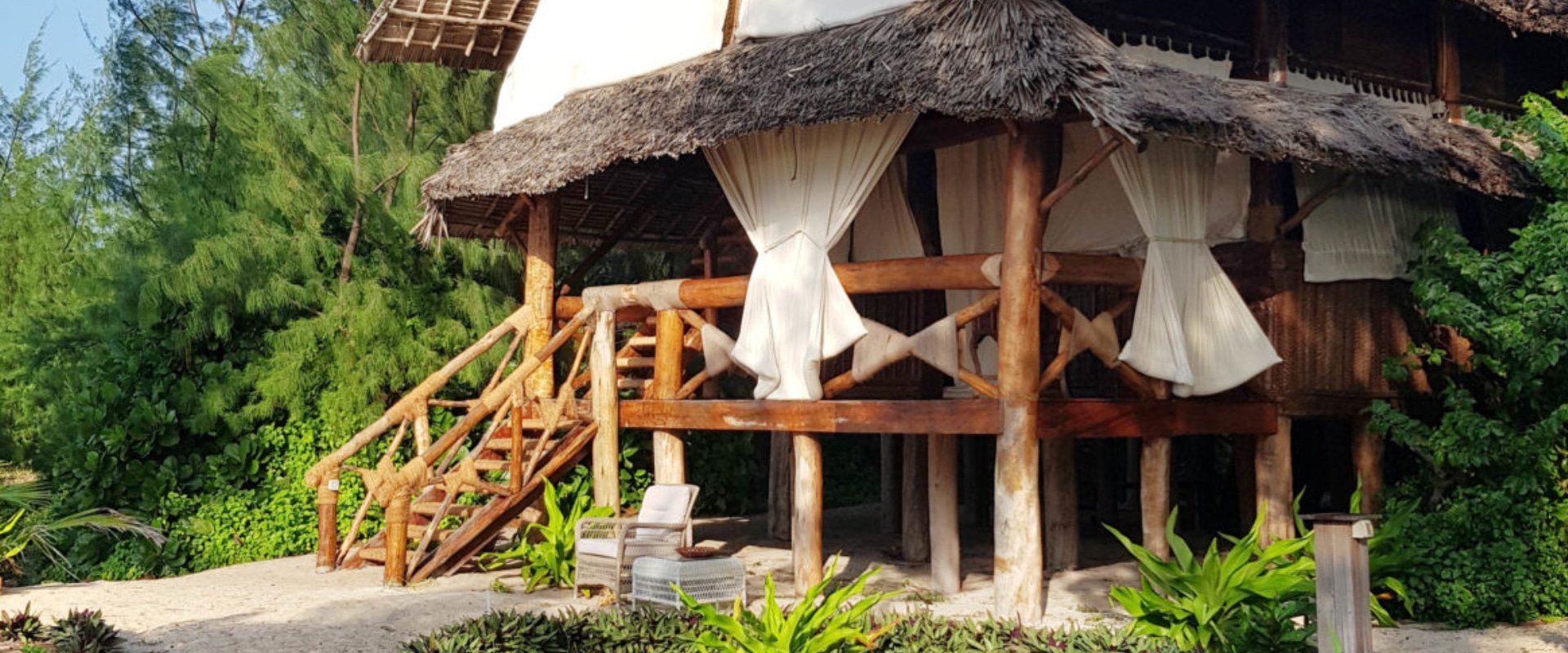
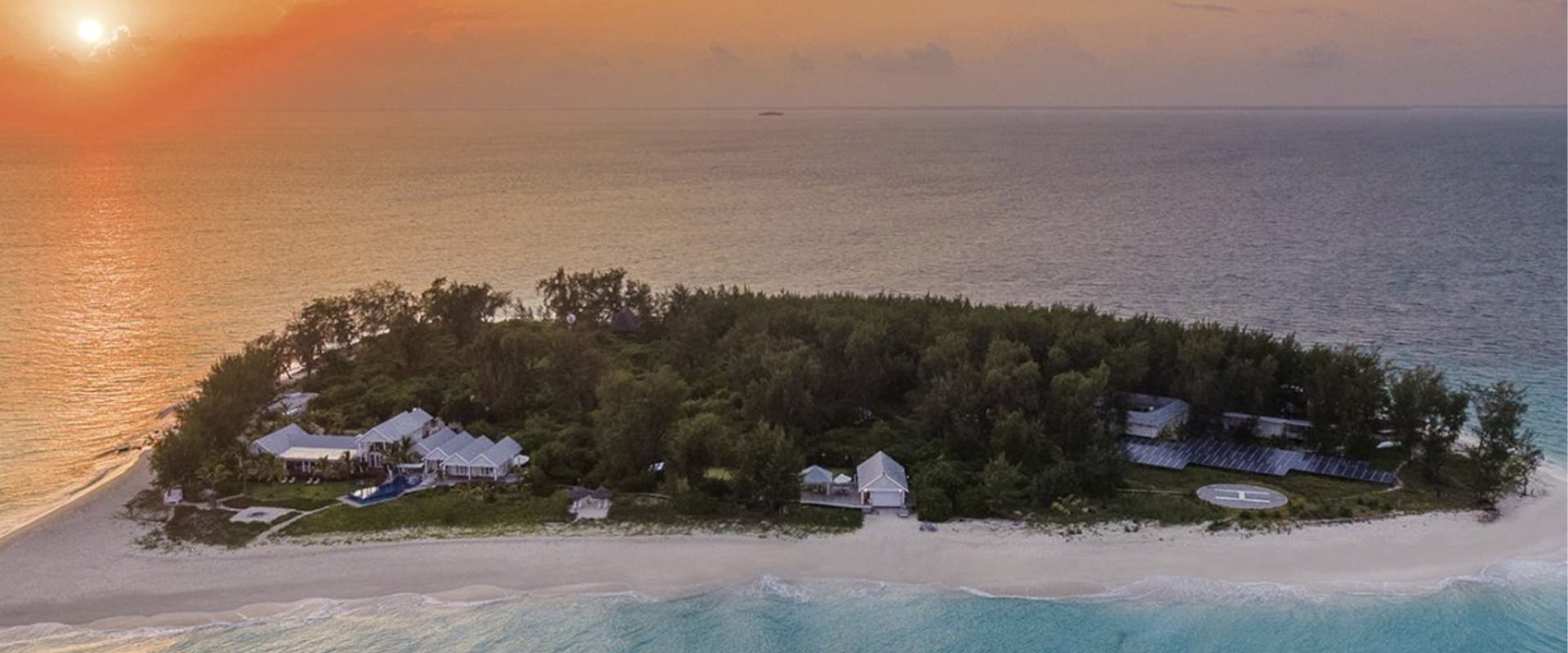
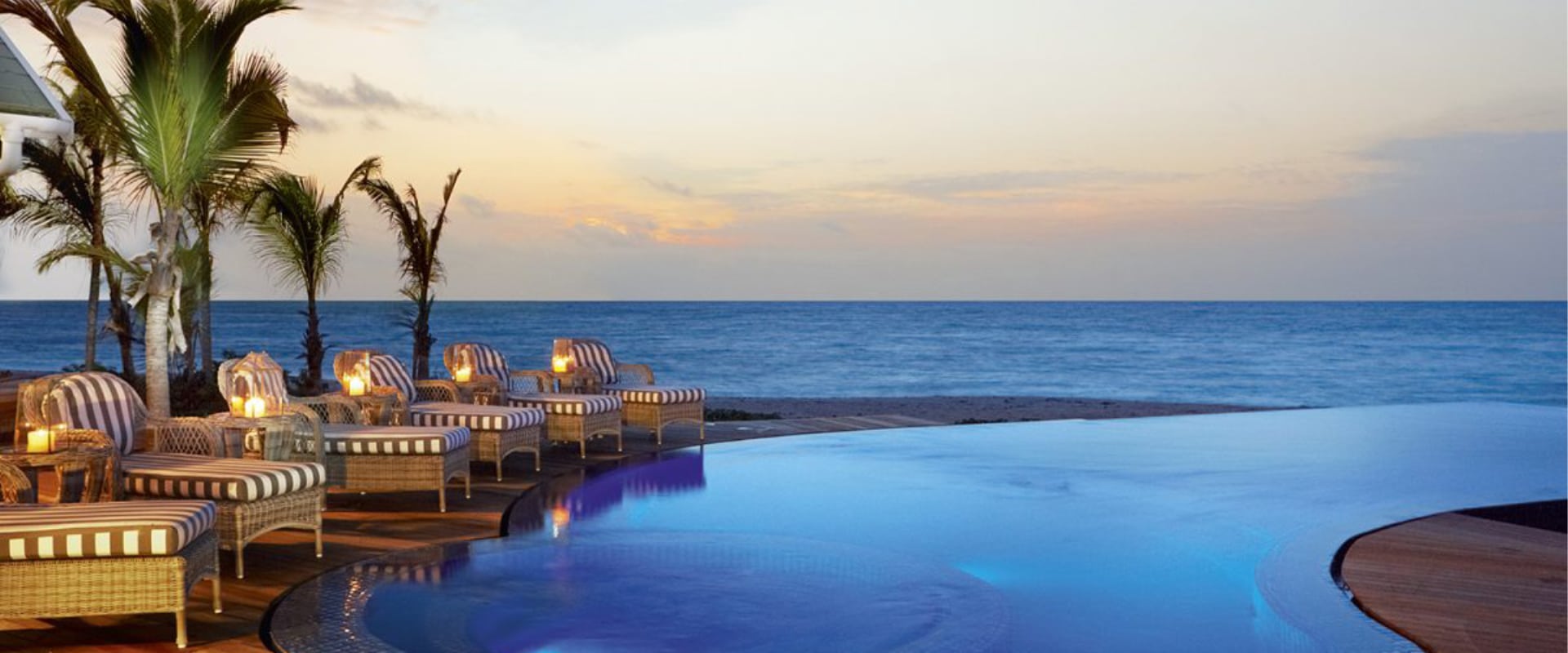
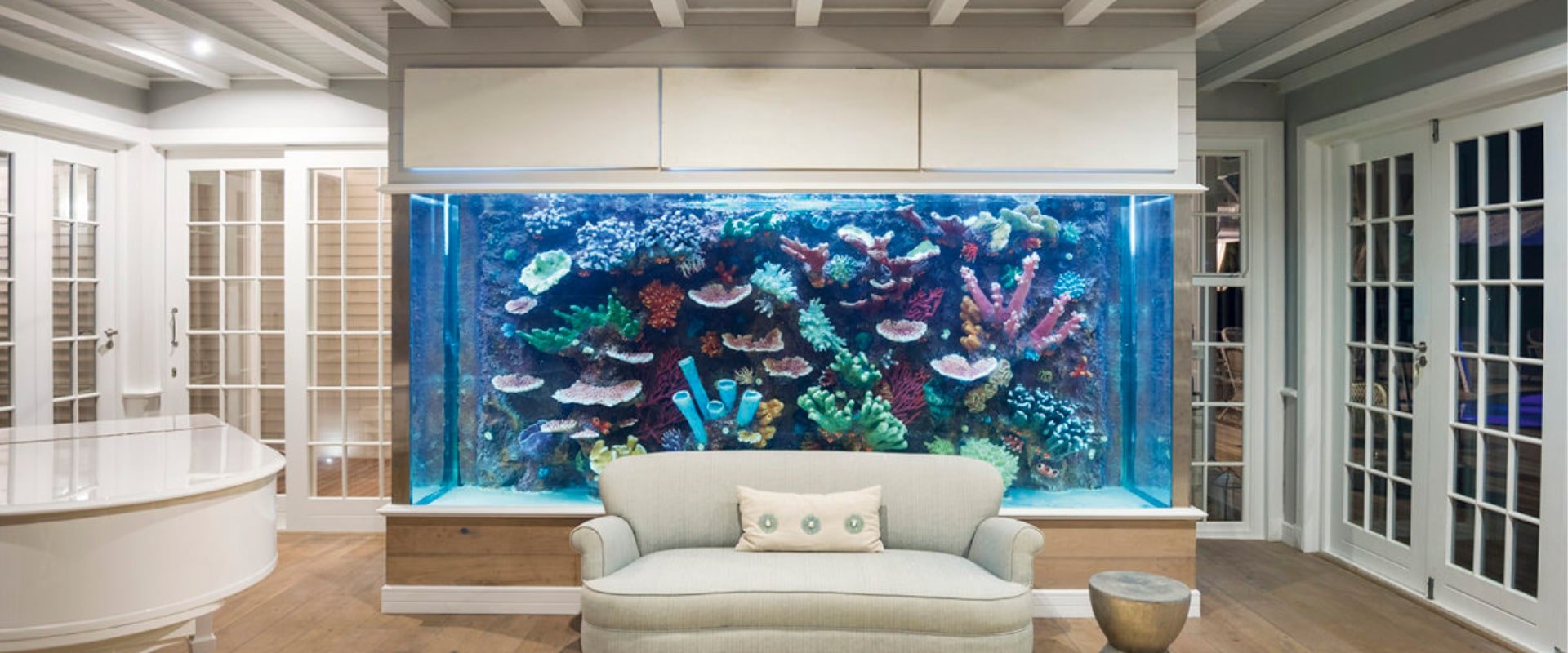
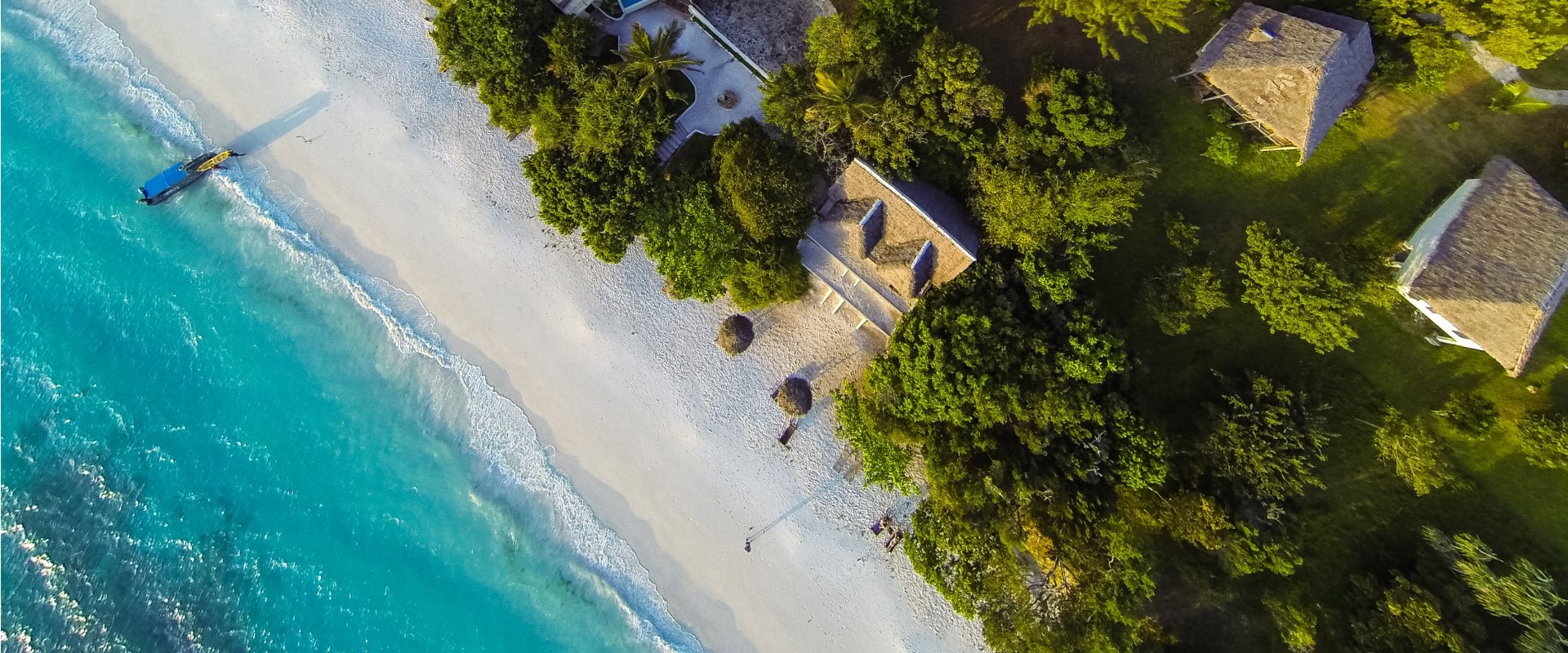
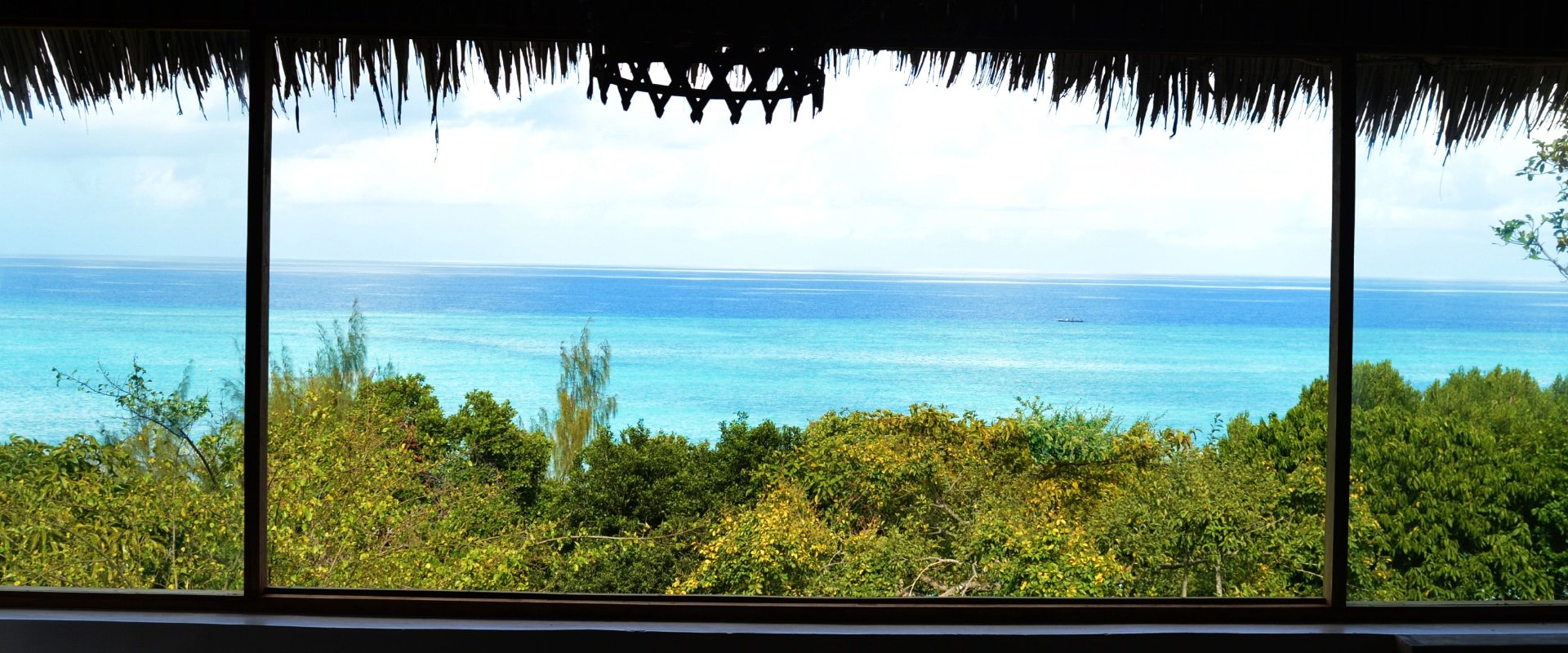
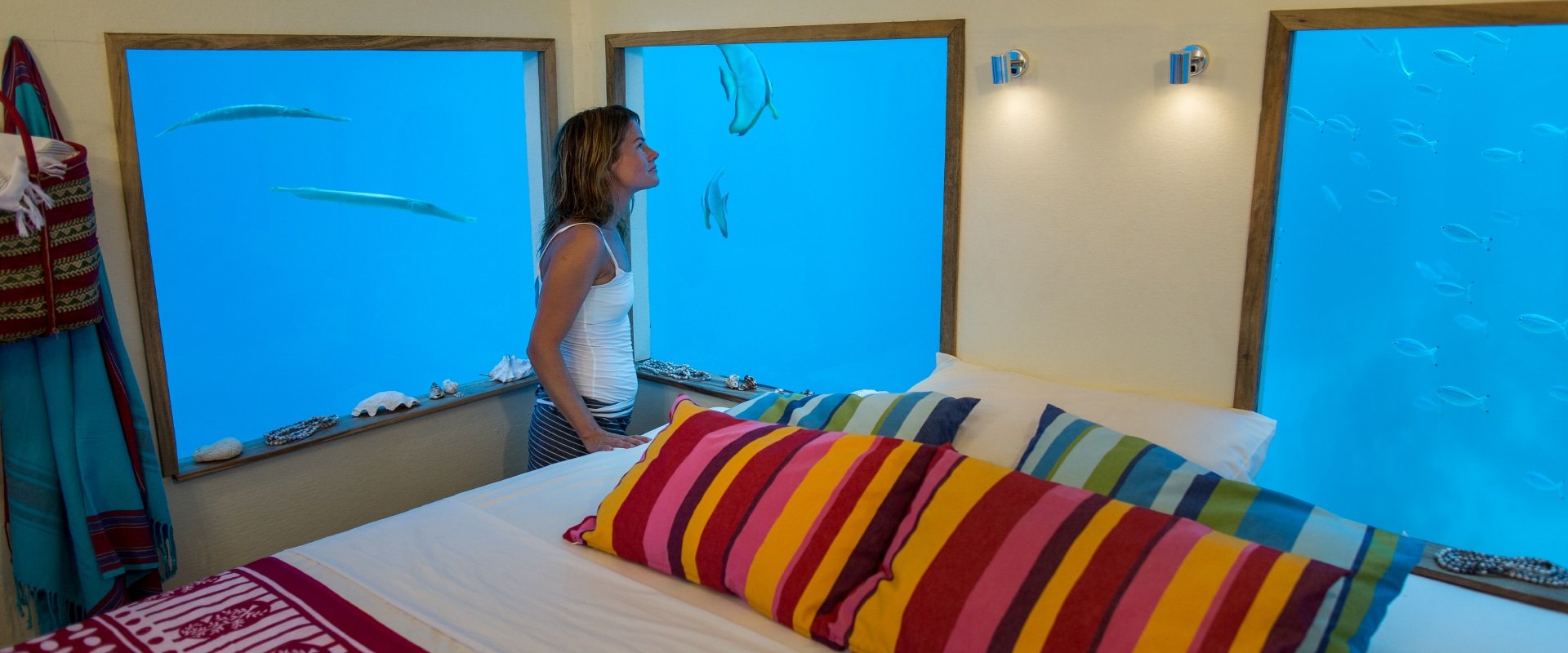
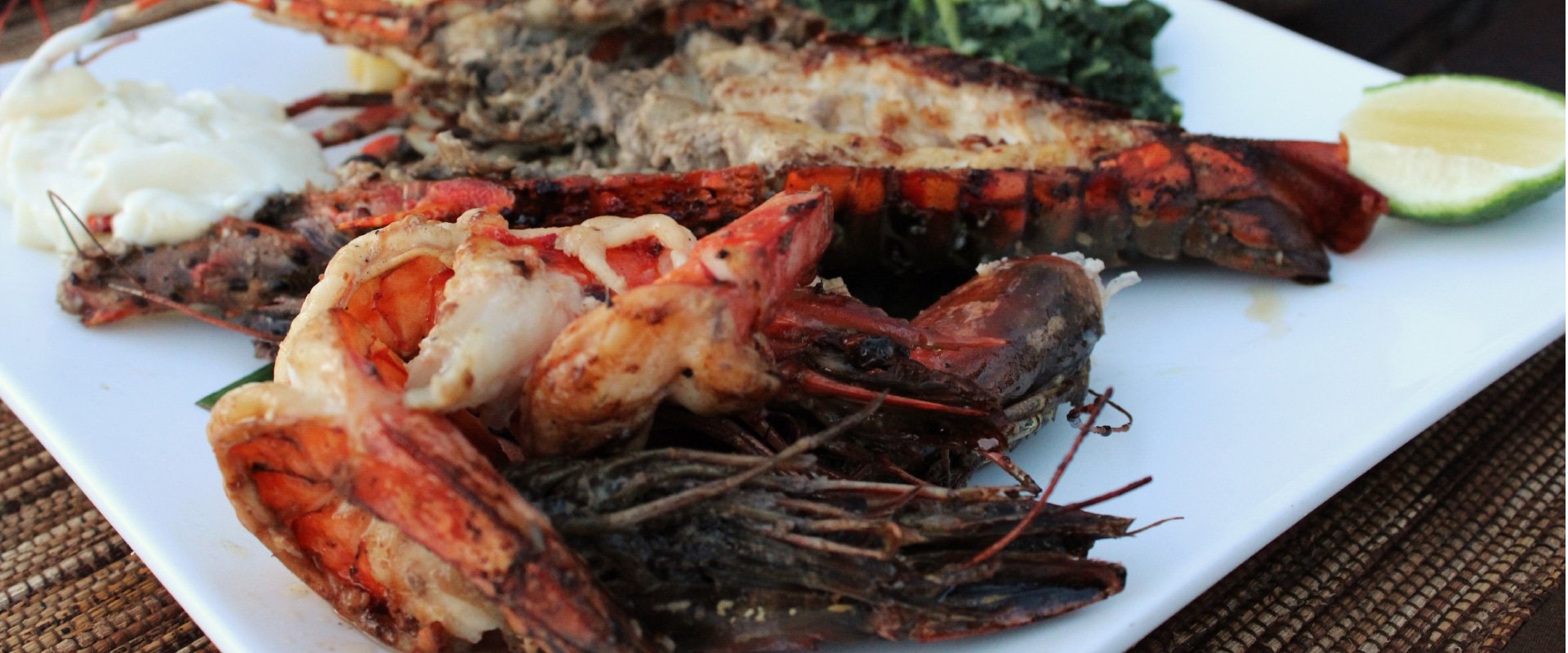
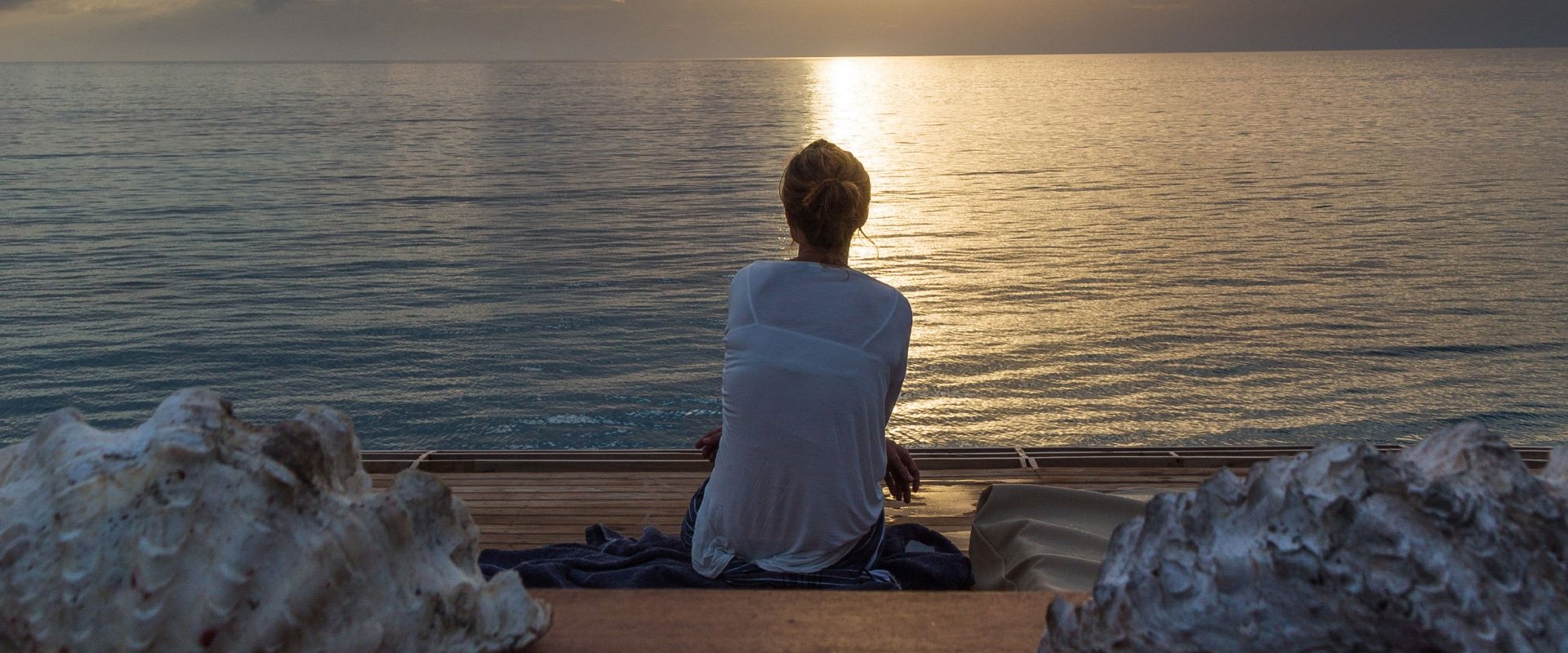


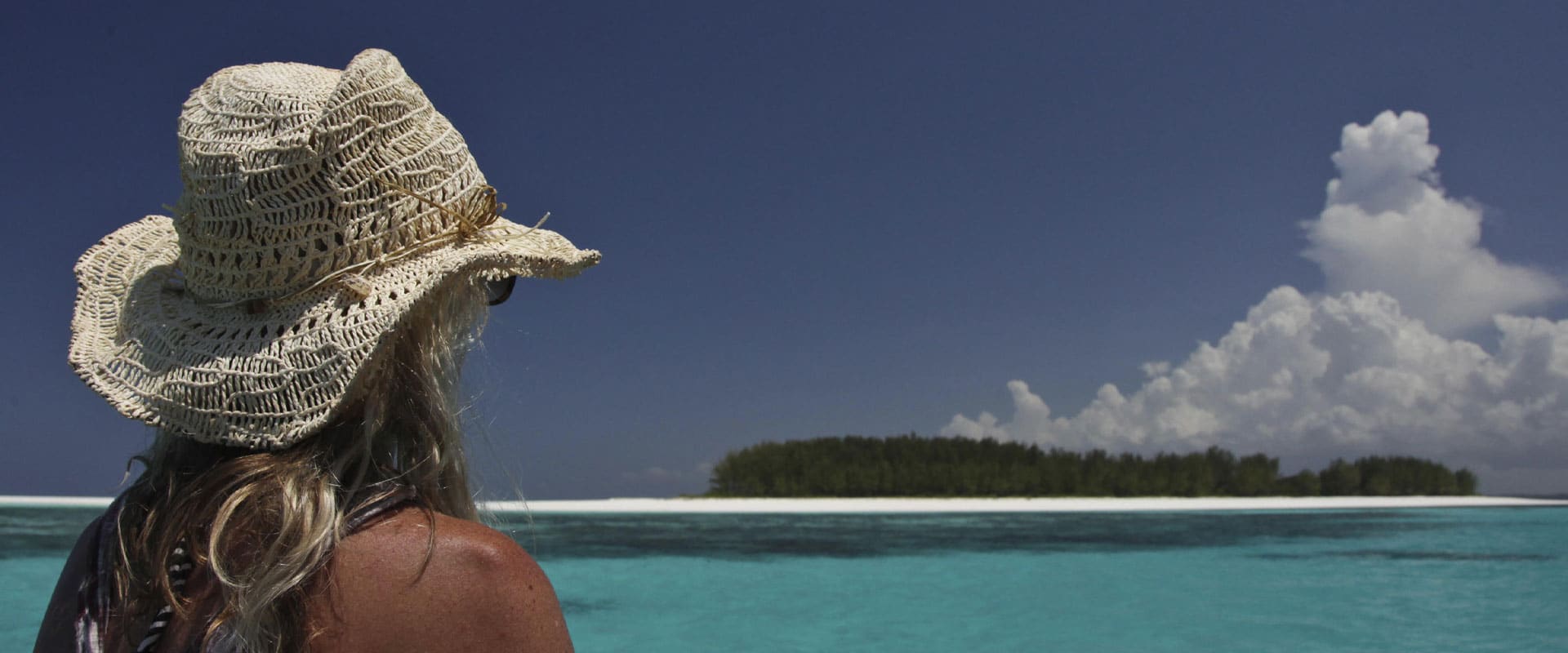
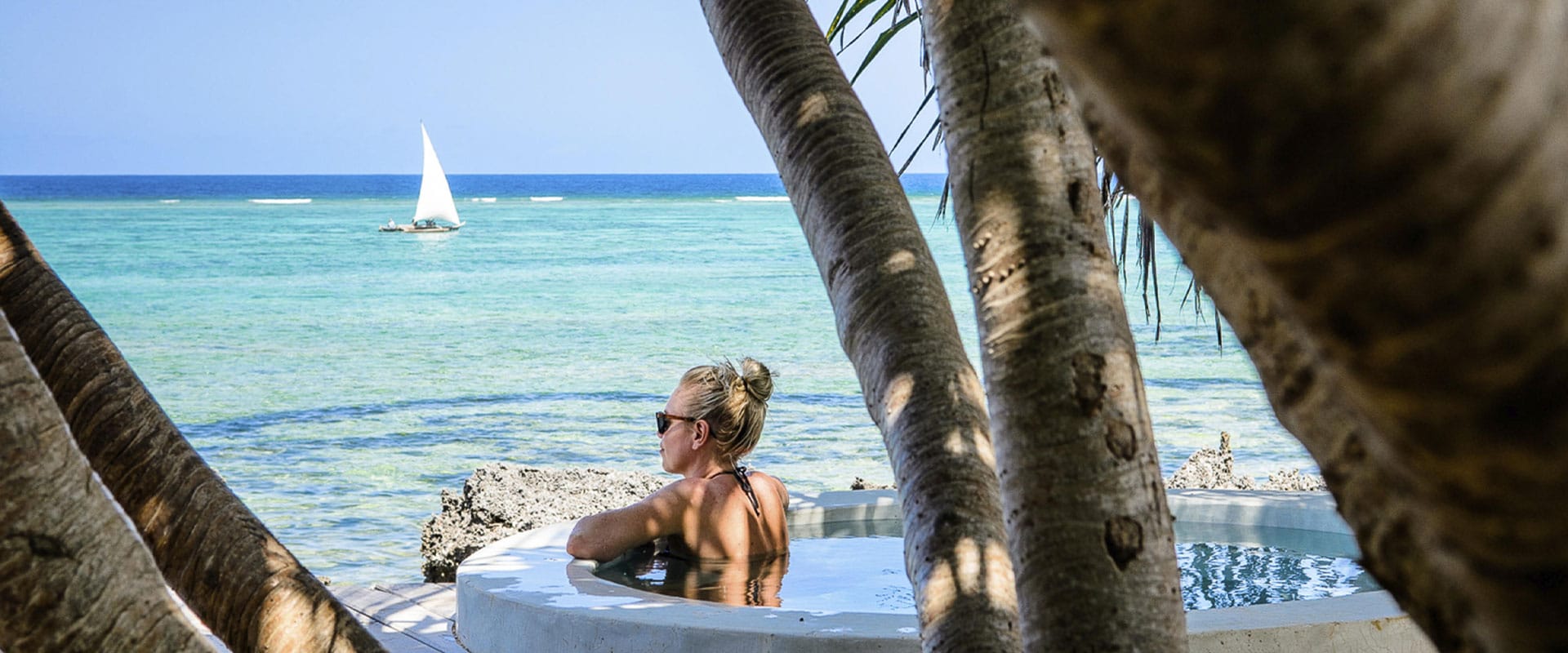
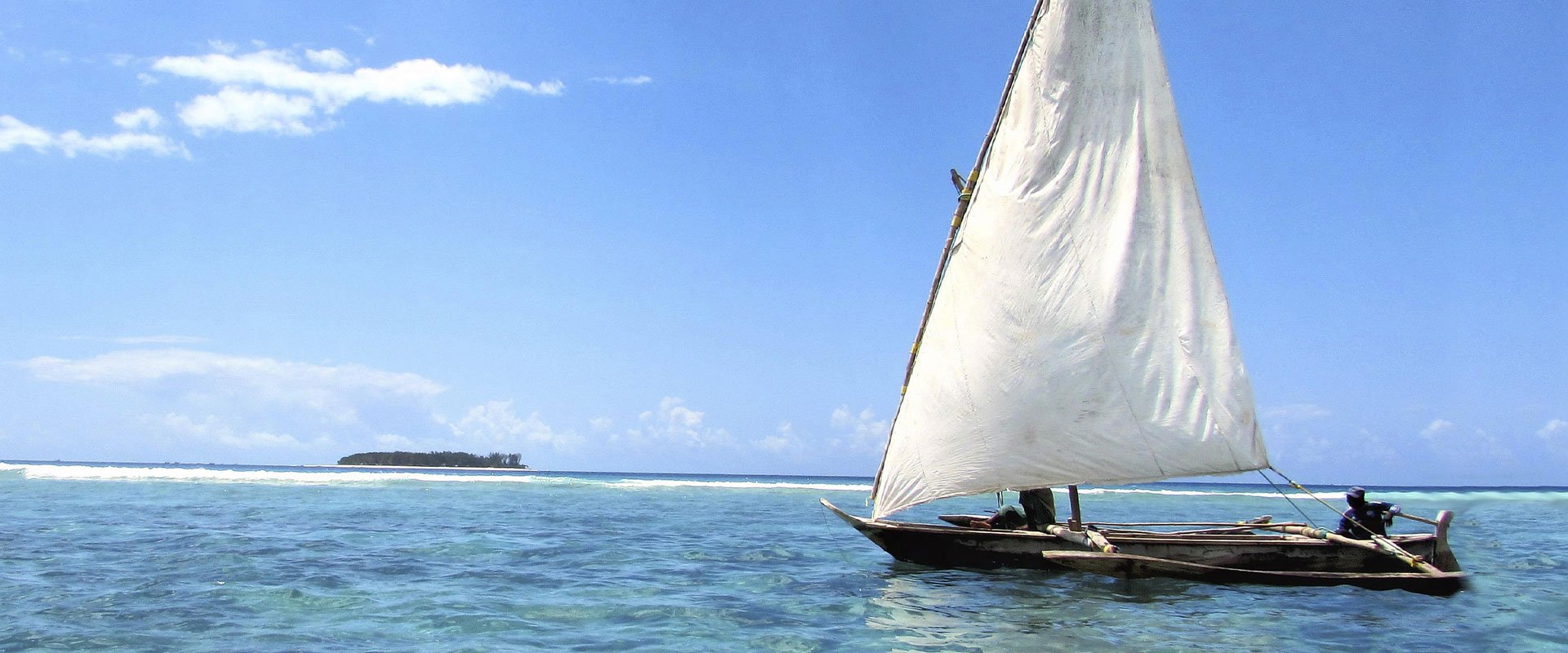
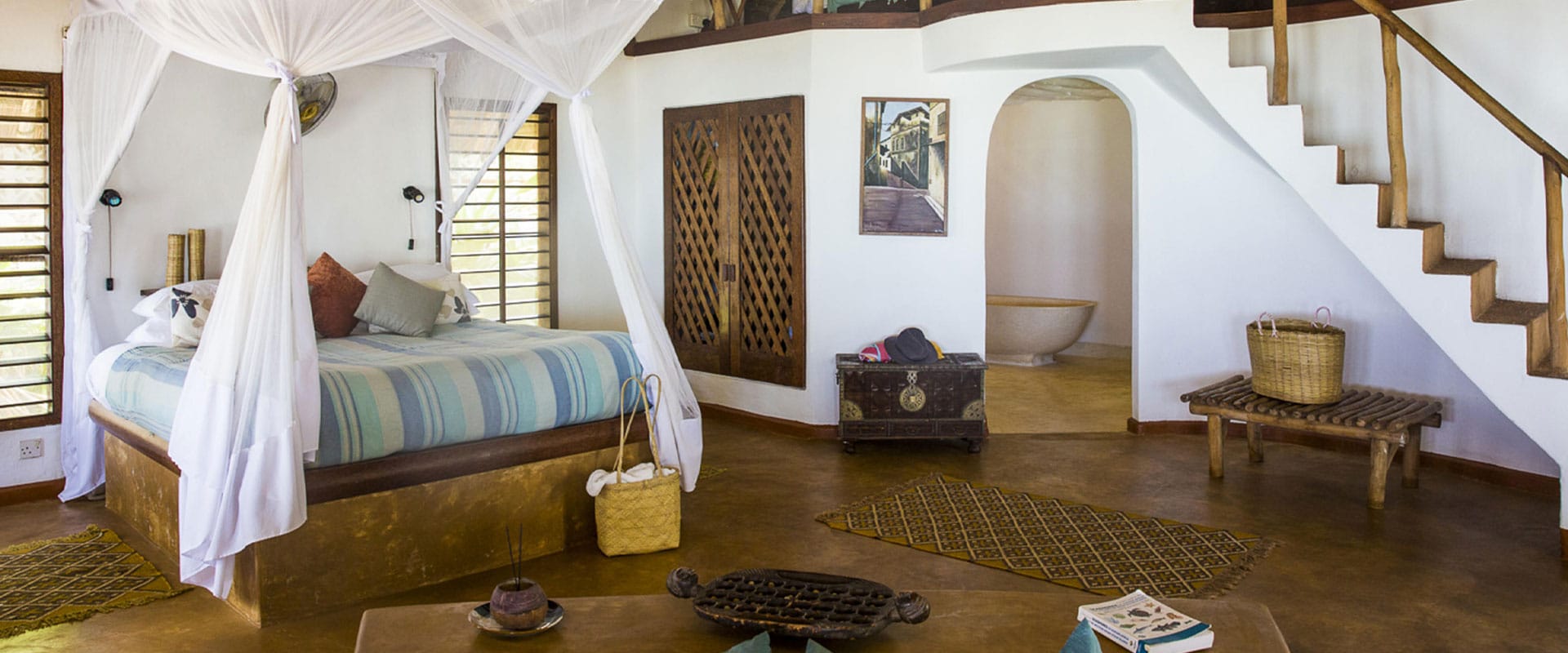

The Stone Town of Zanzibar is famous for its winding alleys fringed by grand architecture, bustling bazaars, the sultan’s palace, mosques, gardens and the extravagant merchants’ houses with their remarkably ornate doors. Stone Town has earned its place on UNESCO’s World Heritage Site list as it is such a fine example of Swahili coastal trading towns of East Africa. It’s a wonderful place to explore on-foot and there is much to see here. We recommend that you get to the early morning market on Creek Road to experience determined Zanzibaris haggle over fragrant spices, exotic fruit and enormous fish. Or participate in the Spice Tour to see how local spices, herbs and fruits are cultivated. The area of Zanzibar is synonymous with divine honeymoon hideaways, and this is largely in part because of its stunning beaches with powdery white sand, palm trees and sparkling turquoise water. The Zanzibar archipelago consists of more than 50 islands, of which the biggest are the islands of Zanzibar (Unguja) and Pemba. Watersport enthusiasts can enjoy a range of activities from scuba-diving and snorkelling around coral reefs, deep-sea fishing, kayaking, kitesurfing, and sailing on traditional dhows.